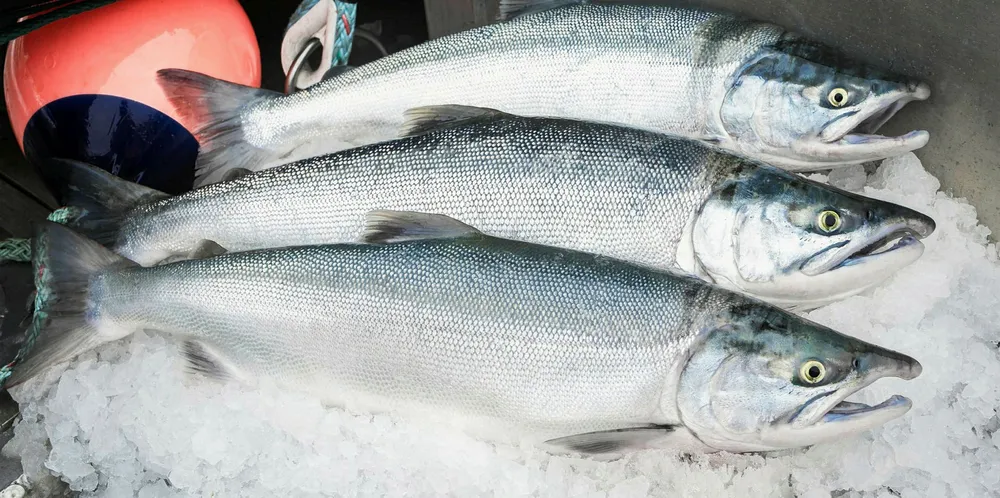Fishermen see major drop in Bristol Bay salmon prices this season
This is the first time in five years that the ex-vessel price has dropped below the previous year's.

This is the first time in five years that the ex-vessel price has dropped below the previous year's.
